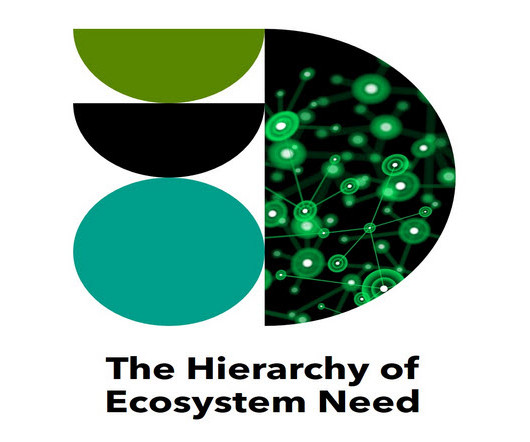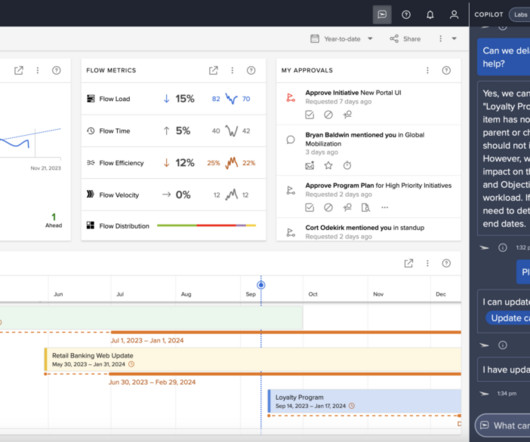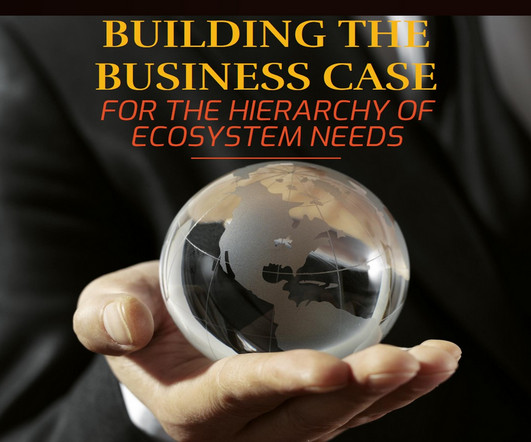Using End-to-End Visibility to Scale and Streamline Automotive Production
Planview
MARCH 28, 2024
Unlike traditional manufacturing processes characterized by tangible endpoints, software development for vehicles is inherently iterative and demands agility to keep pace with evolving technological requirements. This confluence of factors impedes their agility and responsiveness. Read their story here.



































Let's personalize your content